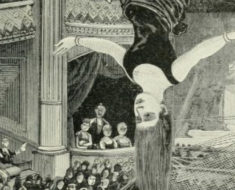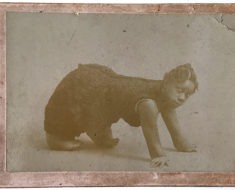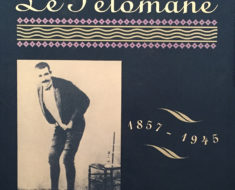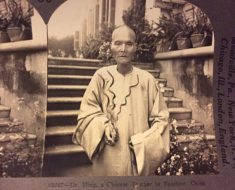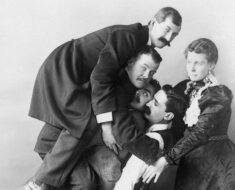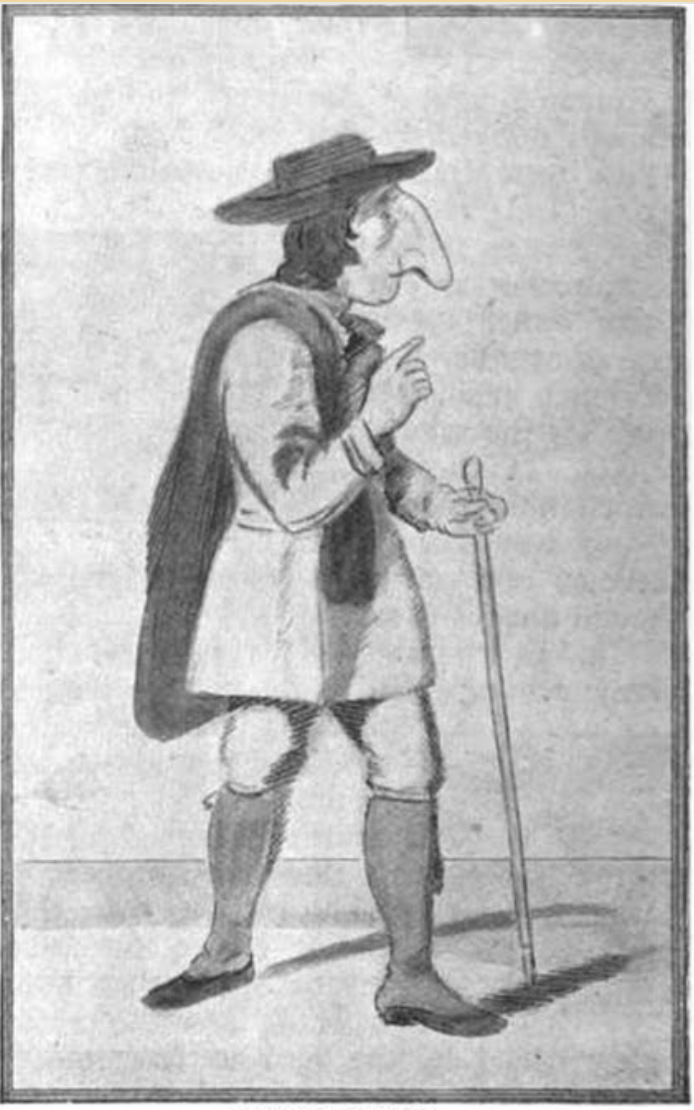
Thomas Wedders, as seen in The Strand Magazine, Vol. XI, 1896.
Geppetto’s wooden puppet, Pinocchio, was cursed with a nose that grew every time he told a lie. Had he been a real boy, his nose would’ve known only one rival from the pages of history: that of Thomas Wedders.
Wedders, who lived in the early 18th century, had a schnoz that reportedly measured 7 ½ inches long. Or if you prefer the metric system, 19 centimeters. Such a nose would be considered an extreme case of hypertrophy.
According to George Gould and Walter Pyle’s 1896 book, Anomalies and Curiosities of Medicine, Wedders exhibited his extraordinary nose throughout Yorkshire.
The Strand Magazine, Vol. XI, also from 1896, expanded on Gould and Pyle’s account:
Thus, if noses were ever uniformly exact in representing the importance of the individual, this worthy ought to have amassed all the money in Threadneedle Street and conquered all Europe, for this prodigious nose of his was a compound of the acquisitive with the martial. But either his chin was too weak or his brow too low, or Nature had so exhausted herself in the task of giving this prodigy a nose as to altogether forget to endow him with brains; or perhaps, the nose crowded out this latter commodity. At all events, we are told this Yorkshireman expired, nose and all, as he had lived, in a condition of mind best described as the most abject idiocy.
Today Wedders’s beak is still stared at in the form of a waxwork at Ripley’s Believe It Or Not Odditoriums. There, you can decide to believe his nose was as big as advertised, or that the passing of time exaggerated its length, making this tale as fictional as Pinocchio.
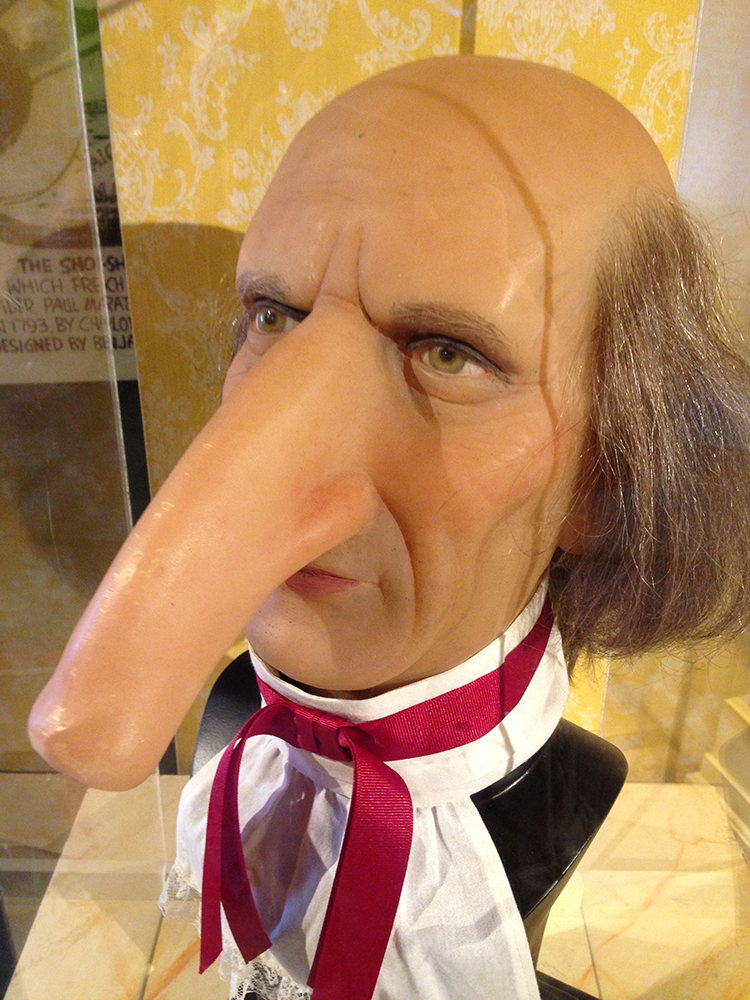
Wax figure of Thomas Wedders, at the Ripley’s Odditorium in London. Photo by Marc Hartzman.

